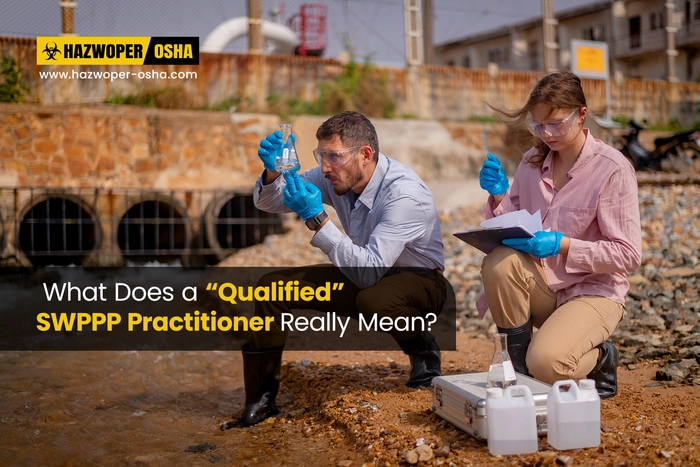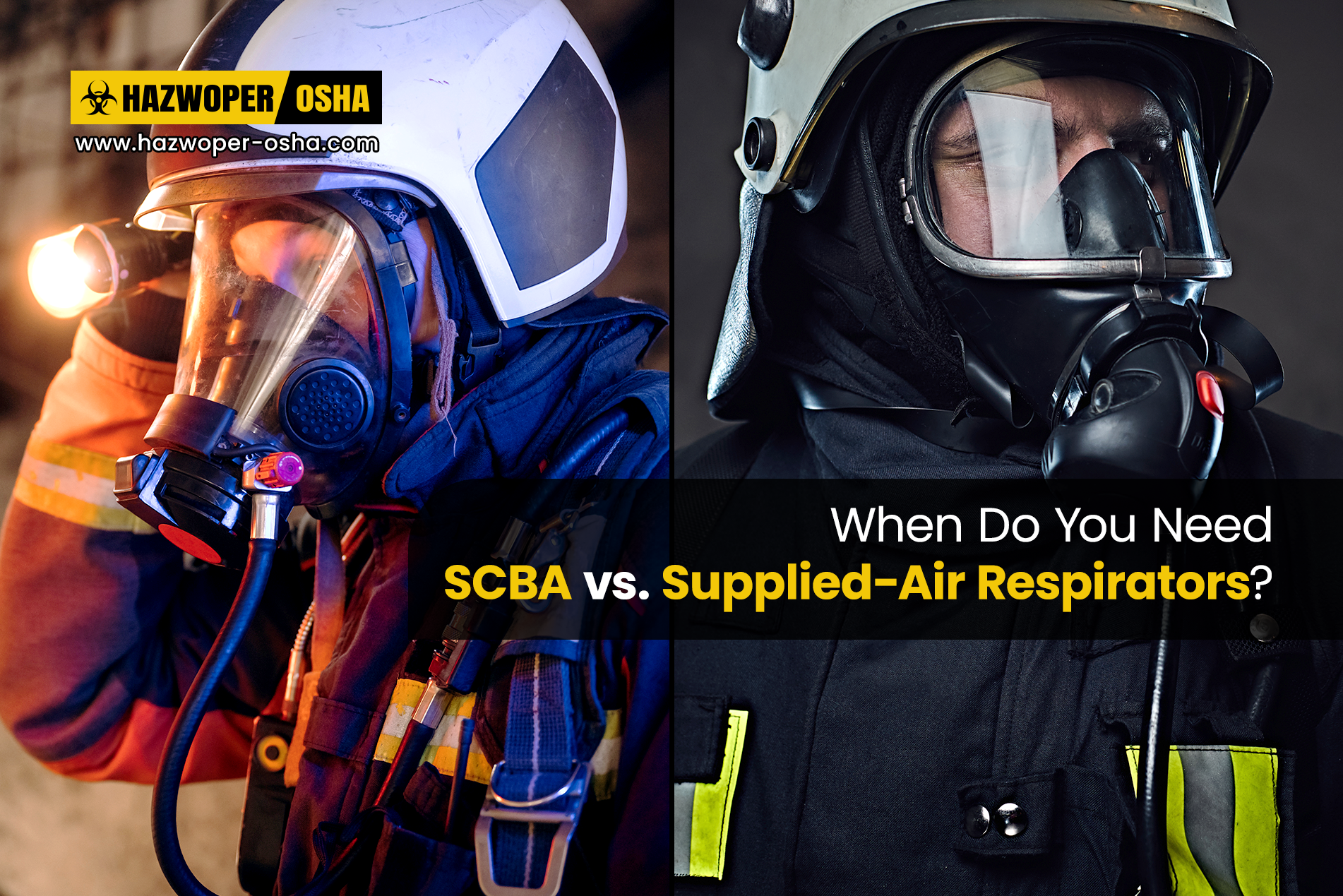Online Safety Training for Shipping Lithium Ion and Metal Cells and Batteries

We’ve all heard of lithium batteries. We use them when we operate our mobile phones, Apple devices, and laptops. Doctors and nurses use lithium batteries when they operate wireless medical tools and equipment, and construction workers use a range of cordless power tools. Lithium batteries are also used in smartwatches and motor vehicles.
The rising dependency on lithium batteries resulting in a highly growing demand for lithium batteries in our everyday lives poses a few thought-provoking questions. Are lithium batteries dangerous or harmful? Can lithium batteries catch fire or explode? Are there other risks posed by using lithium batteries? Should people who manufacture, handle, and transport lithium batteries practice any safety measures?
The simple answer is YES to all the above questions. Lithium batteries have a higher energy density and flammable electrolytes in smaller packages, Hence, if not handled properly or damaged, they can short circuit, release heat, or cause fires.
However, the undisputed fact that we use lithium batteries every day and most of us have not faced any accidents or problems, is a testament that when handled appropriately, lithium batteries are as risky as any other electrical or electronic item we use that is powered by other types of batteries.
This does not mean that you can be careless. The careful use of lithium batteries is always advocated. Let’s watch the below video to better understand the dangers of lithium battery usage in our everyday lives, and what we can do to ensure we protect ourselves.
People Shipping Lithium Ion and Lithium Metal Batteries and Cells
For those in the business of shipping lithium batteries, ensuring their employees are protected against the hazards of explosions and fires that could result from damaged and incorrectly handled lithium cells and batteries, requires appropriate training. This is where the Hazardous Materials Regulations (HMR) of the U.S. Department of Transportation, the International Air Transport Association’s (IATA) Dangerous Goods Regulations (DGR), and the International Maritime Dangerous Goods (IMDG) Code come into play. These regulations and codes advocate those individuals involved in any aspect of shipping lithium batteries by highway, rail, air, or vessel to be given appropriate training by employers to ensure safety and health as well as compliance with regulations.
In addition, workers involved in the design, manufacture, inspection, maintenance, reconditioning, repair, or test packages, containers, or packaging components that are used for the transportation of lithium batteries must also receive safety training related to shipping lithium batteries. Furthermore, personnel undertaking tasks such as marking, labeling, or packaging that indicate lithium batteries are present in a package being transported in commerce must also have appropriate knowledge of the best practices and rules and regulations related to shipping lithium batteries. Compliance officers who certify that all applicable requirements of the HMR, IMO, and ICAO are being met, and persons responsible for the safety of hazardous materials during transportation are also required to be given safety training related to shipping stand-alone, packed with, or contained in equipment lithium batteries and cells.
Importance of Safety Training When Shipping Lithium Batteries
Safety training comes into play when shipping lithium batteries and cells as these are regulated during transportation due to their prevailing hazards. This is mainly due to the nature of lithium batteries, meaning their high density that can result in explosions and fires. The danger of lithium batteries is not just in the catching of fire, but also in the difficulty in extinguishing the fire. As such, lithium batteries must be handled properly during transportation, thereby reducing the risks to people, buildings, and the environment.
For a quick overview of the Dos and Don’ts of Shipping Lithium Batteries read our article here.
Below are identified some dangers that lithium batteries pose during transportation.
The increased hazards of transporting lithium batteries are due to their size, type, and the chemistry of the battery make-up. For instance, lithium batteries contain a flammable electrolyte, and under certain conditions, such as a short circuit or unsuitable design, or incorrect assembly, these batteries can overhear and ignite, unlike standard alkaline batteries.
In fact, “the FAA Technical Center testing shows that oxygen starvation through depressurization in the case of cargo aircraft, common shipping containers (e.g., unit load devices), or aircraft fire suppression systems are not effective in containing or suppressing many potential lithium cell or battery fires (DOT & PHMSA, 2021, pg. 2).”
As lithium cells and batteries pose both electrical hazards and chemical hazards such as corrosive or flammable electrolytes, regulations require different types and sizes of batteries to be packaged and marked so that these hazards may be minimized.
Another danger of transporting lithium batteries is the batteries experiencing thermal runway. While not common, the risk does exist. And a thermal runway occurring onboard an aircraft could lead t a seriously devastating catastrophe!
“A thermal runway is a chain reaction leading to a violent release of stored energy and flammable gas. This thermal runaway can propagate to other batteries or conductive materials nearby, potentially resulting in large-scale thermal events with severe consequences (DOT & PHMSA, 2021, pg. 2).”
Enroll Today!
Hence employers and employees, handling and transporting lithium cells and batteries must receive the appropriate and adequate safety training. Our Shipping Lithium Batteries: Fully Regulated and Excepted Cells and Batteries Training course is designed by OSHA-approved trainers in line with U.S. DOT HMR (49 CFR Part 172.704), IATA DGR (Section 1.5), and IMDG Code (Section 1.3.1).
If you prefer group training options, contact us on 1-866-429-6742 or info@HAZWOPER-OSHA.com for more details.
Reference:
U.S Department of Transportation (DOT) and the Pipeline and Hazardous Material Safety Association (PHMSA). 2021, September (Revised). Lithium battery guide for shippers a compliance tool for all modes of transportation. [PDF]. Website. https://www.phmsa.dot.gov/sites/phmsa.dot.gov/files/2021-09/Lithium-Battery-Guide.pdf

 EN |
EN |  ES
ES






























































































































